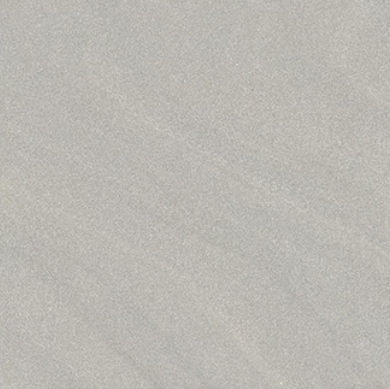
Concrete floors are completely customizable and provide a great alternative to traditional flooring such as linoleum, carpet, wood, porcelain tile, stone or marble. Color choices, textures, patterns and finish options combine for limitless design possibilities. Plus, concrete is extremely durable, long-lasting and easy to maintain. If your home or business has existing concrete subfloors, exposing them and applying a decorative treatment is an affordable and environmentally friendly option.
Advantages:
Can be designed for any budget
Unlimited creative options
Requires little maintenance
Will last for decades (50+ years)
Resists moisture and stains when properly sealed
Pet friendly
Reduces allergens in the home
Can be heated with a radiant system
Free of VOCs (volatile organic compounds)
Find contractors specializing in concrete flooring near me.
Disadvantages:
Requires occasional resealing
Can be difficult to patch
You may need area rugs for comfort and warmth
Cracks can develop over time
Can become slippery when wet

Kitchen:
No other room gets as much use as the kitchen, so it needs to have the most durable flooring surface possible. Concrete can withstand the foot traffic and elements that kitchen floor surfaces are exposed to, while also bringing endless design options to the table. Plus, there aren’t any joints or grout lines to trap dirt or spills, so clean-up is a breeze.
Entry, Foyer, Mudroom:
Make a great first impression with a stylish entry, foyer or mudroom decorative floor. Concrete’s easy care, ability to handle heavy foot traffic and resist staining make it the perfect choice for busy areas where dirt, mud and water might get tracked in.
Bathroom:
When deciding on flooring for a bathroom, you want something that is stylish, durable, resistant to moisture and spills, as well as low maintenance. Concrete checks all of those boxes. Radiant heating can also be installed to keep the floor comfortable for bare feet.
Basement:
Concrete is an exceptionally good choice for basement flooring due to its moisture resistance in these areas that are typically subject to ground moisture and possible flooding. With concrete, you can avoid mold and mildew problems and having to pull up and replace damp carpet or damaged wood flooring. Add a fun feature of hopscotch or shuffleboard into the design.
Garage:
With many garages being used as extensions of living space, why not make them as attractive as the rest of the home. Looks can range from sealed or polished basic gray to more complex color combinations. Add colored flecks for a terrazzo look or a custom design with brightly colored epoxy coatings.
Commercial:
Concrete combines durability for heavy use, high-traffic areas with endless customization options. These two factors combine to make it a perfect choice for retail stores, restaurants and bars, offices, churches, schools, medical institutions, and industrial buildings, making it possible to incorporate your company logo, colors or theme right into the floor.
Colors:
The most popular color choices tend to be neutral grays and earth tones; however, the possibilities are nearly limitless. Color can be mixed into the concrete (integral color) or applied to the surface with stains, dyes, epoxy coatings, tinted sealers or with a combination of one or more of those methods. Concrete can be colored so naturally that it blends seamlessly with other elements in a room.
Stained Floors:
Stained concrete is incredibly popular because of the warm, earthy tones the stains impart. Looks can be achieved to replicate marble, wood, brick, stone and more. Acid-based stains are available in earth-toned palettes and water-based formulas offer a broader range of color options.
Polished Floors:
Create the ultimate no-wax floor with polished concrete. Various levels of sheen from satin to high-gloss can be achieved through this multi-step process. Create an industrial look with polished natural gray concrete, or combine the numerous coloring options for an endless list of possibilities.
Designs and Textures:
In addition to colors and finishes, there are countless design possibilities that can be applied to your floors. Stamps and texture skins can be used to produce finishes that resemble wood, stone, brick, and more. You can create a look that resembles floor tiles or score a design right into the surface with saw cutting. Logos and graphics can be incorporated with stenciling or engraving. If your existing surface has minor flaws or cracks, these can often be camouflaged or worked right into the design by skilled contractors, or simply used to add character.
Radiant Heating:
This dust-free heating method can be installed in newly poured concrete or with an overlay. Radiant heat is especially beneficial to those suffering from respiratory issues and allergies because air isn’t forcefully blown throughout the house and outside air isn’t brought in. You’ll also enjoy the added benefit of saving money on heating costs.
Overlays and Microtoppings:
If your concrete has minor imperfections, stains, or cracks, an overlay or microtopping might be the answer. Properly installed overlays are just as durable and long-lasting as standard concrete. Stampable overlays allow you to apply stamped or textured finishes, colors, and stains just as you would to newly poured concrete. There are even overlay products that allow you to cover vinyl, ceramic tile or wood surfaces.
Copyright © 2021 Guangzhou Weyes Network Technology Co., Ltd. | All Rights Reserved